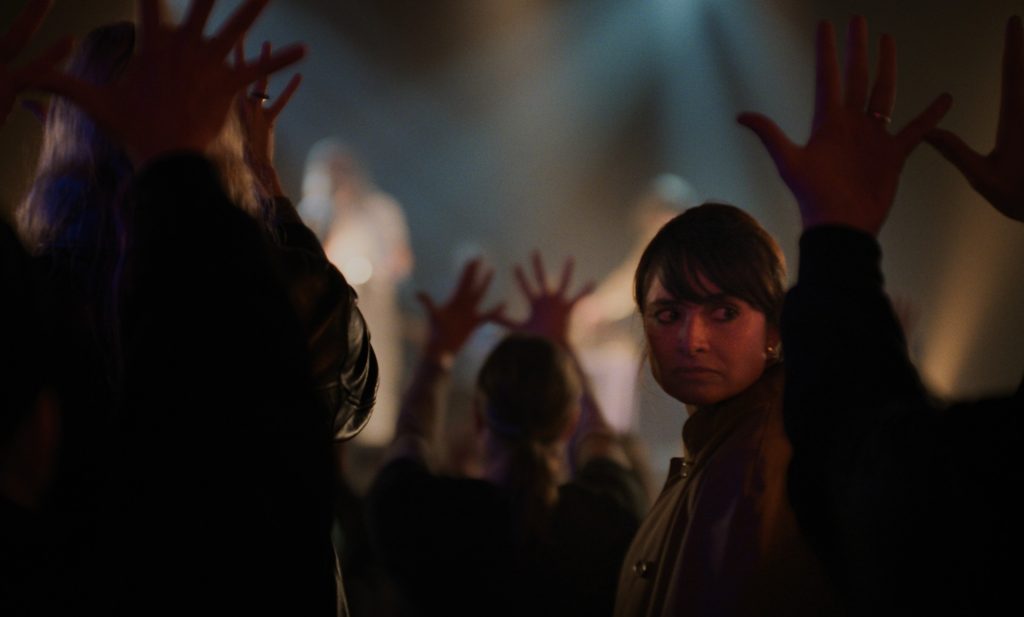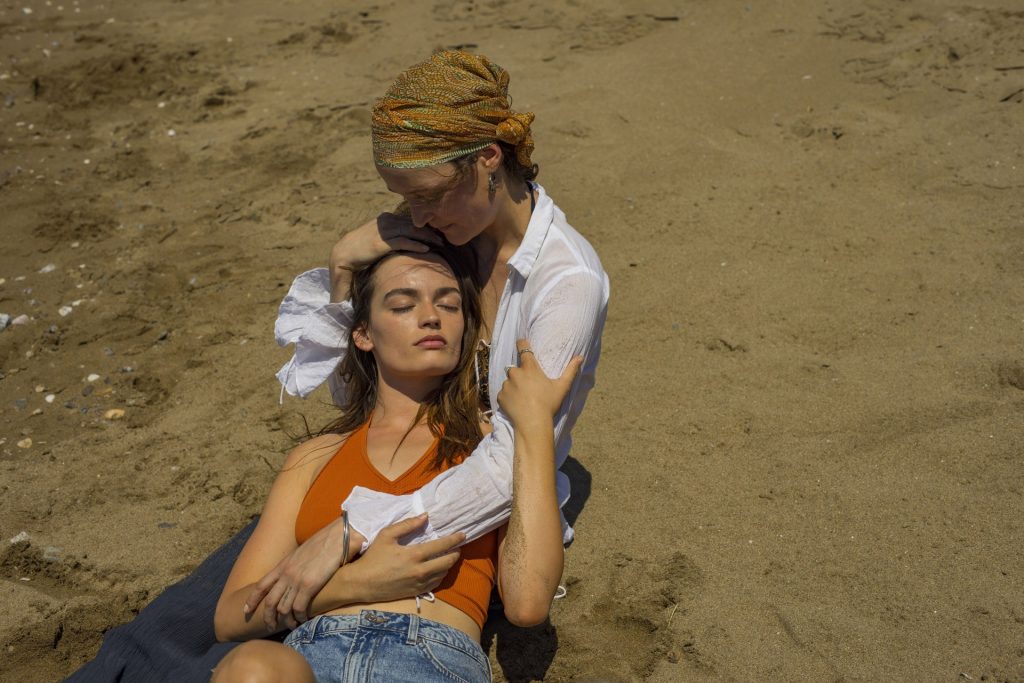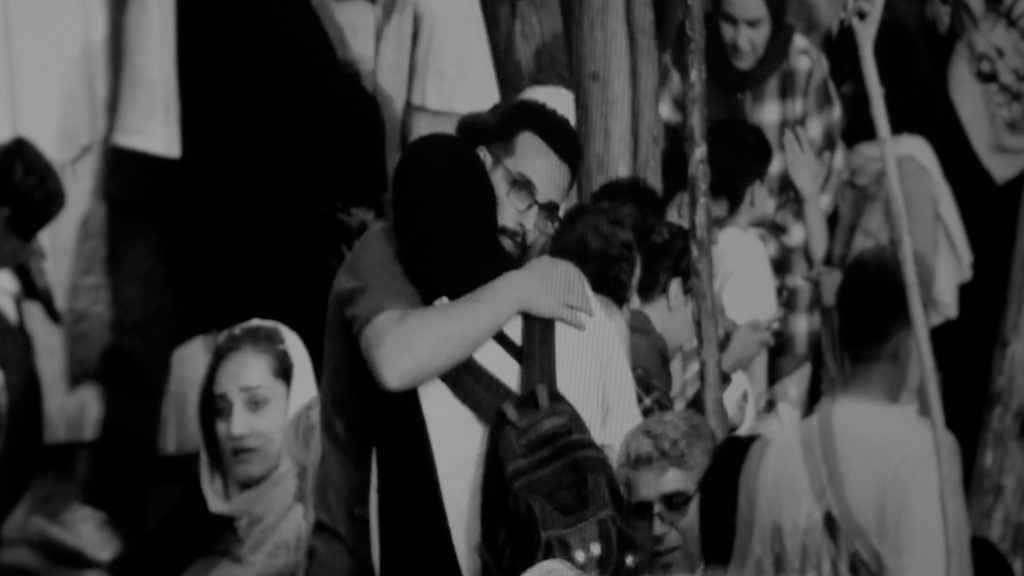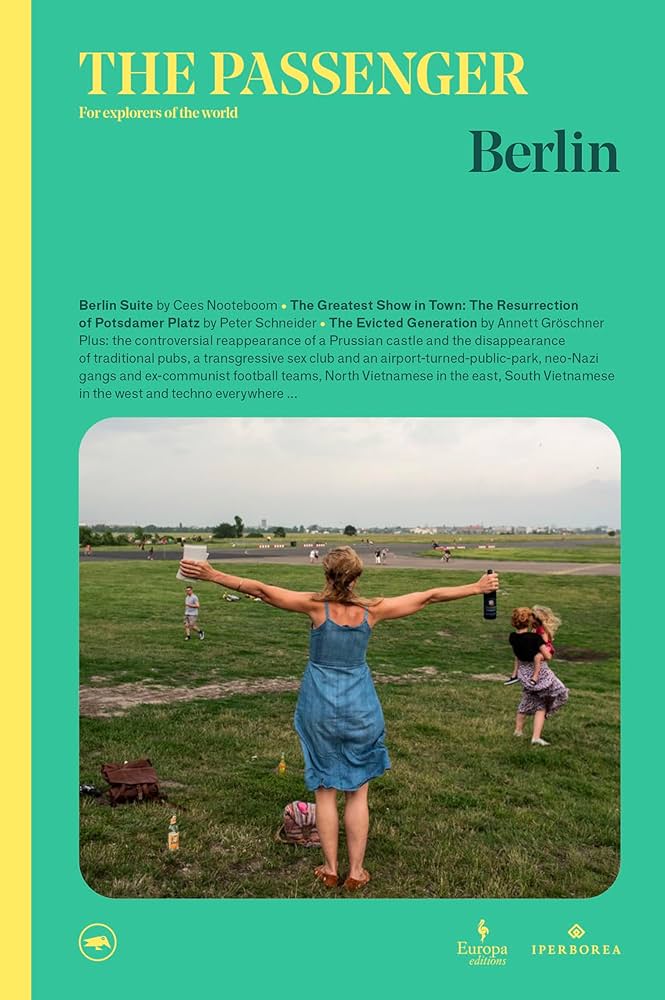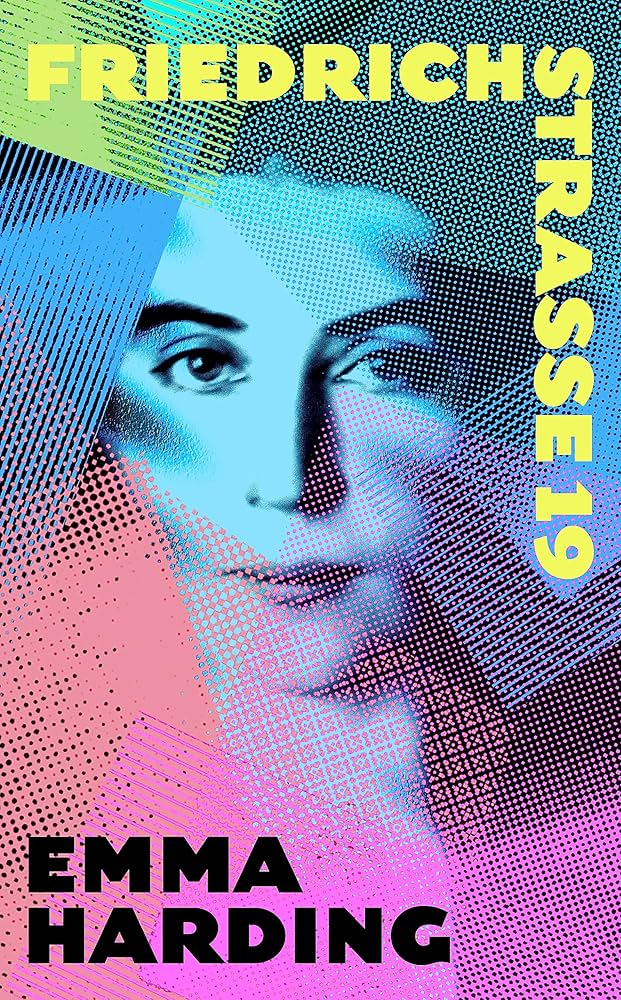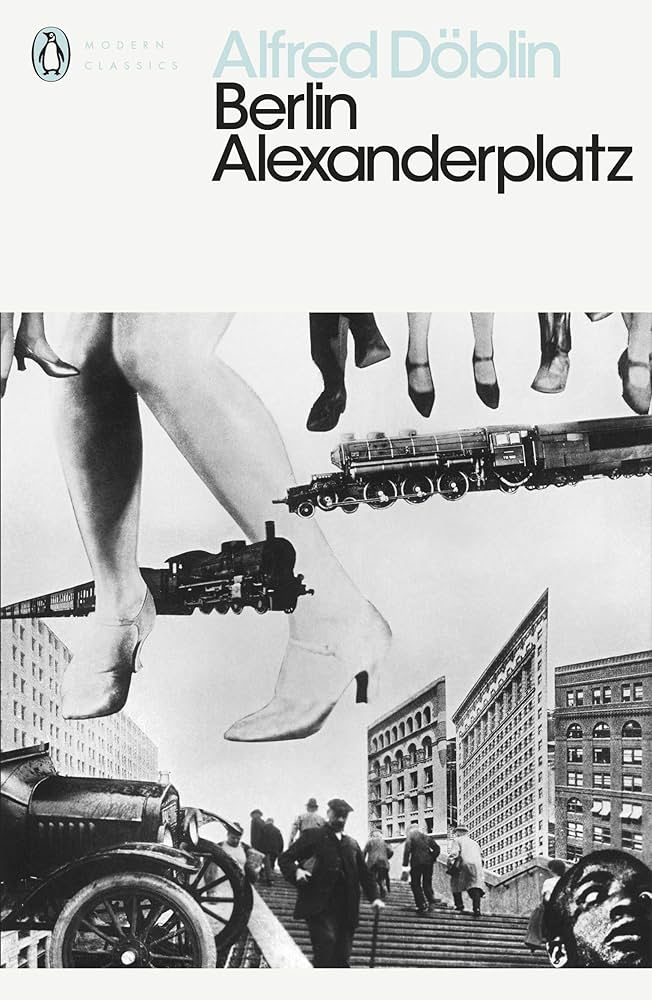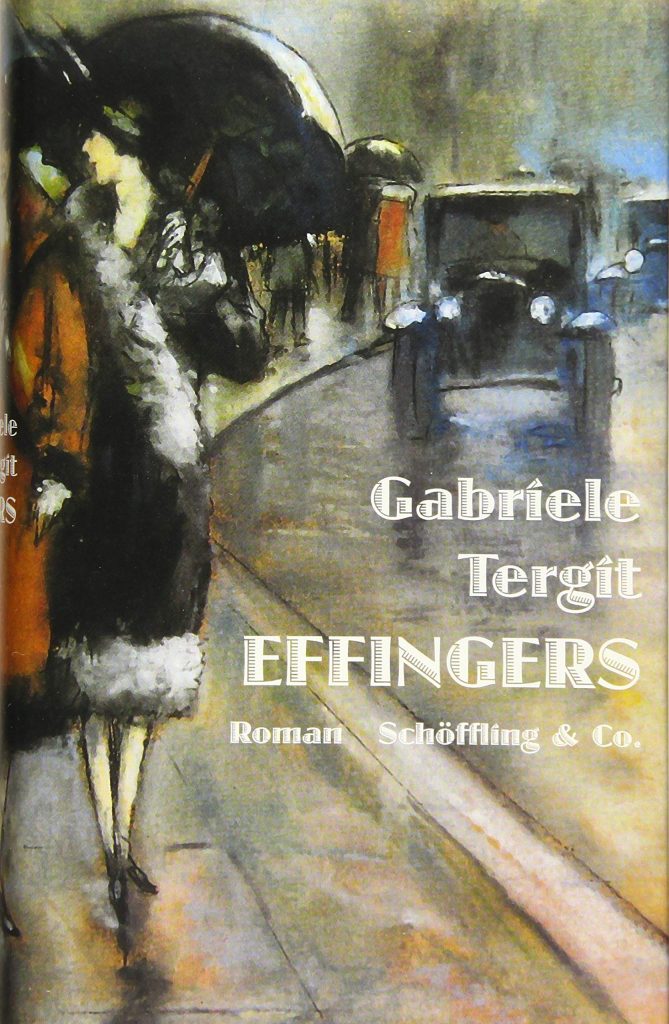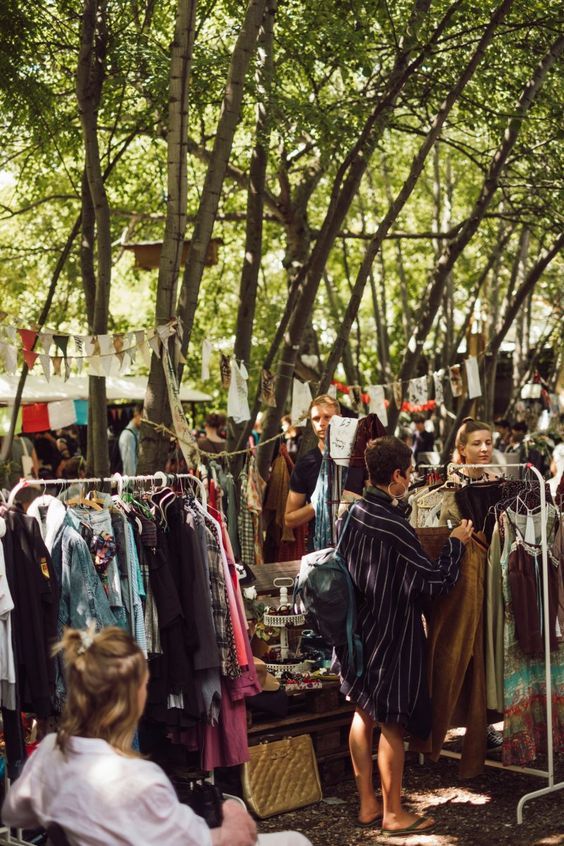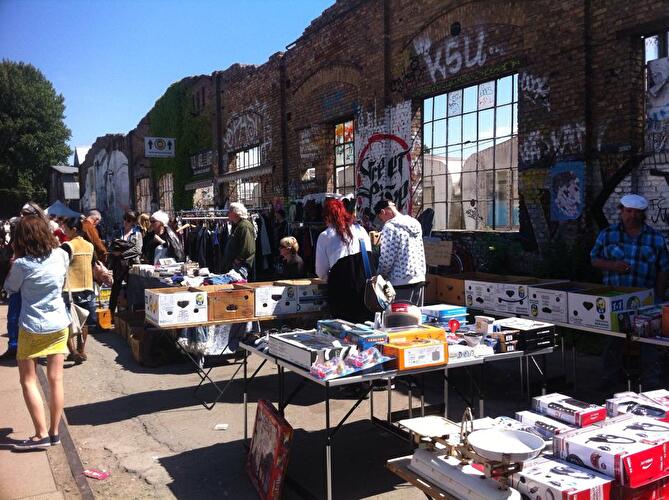Living in a foreign country means more than just adapting to a new environment—it’s about immersing yourself in its traditions, often deeply rooted in religion, local customs, and even ancient pagan beliefs. The memory and identity of a place live through the rituals that mark the passage of time, and observing and taking part in these customs from the inside offers a deeper way of inhabiting and experiencing a new land.
With Easter just a few days away, it’s the perfect moment to explore how this holiday is celebrated in Germany. Ready to discover some fascinating traditions?
Karfreitag
The Easter weekend in Germany begins with Good Friday, known in German as Karfreitag, which translates to „sorrowful Friday.“ The word Kar is no longer used in modern German but comes from the Old High German word kara, meaning grief or mourning, paired with Freitag, meaning Friday. On this day, silence prevails. Symbolically and religiously, Karfreitag is the day that marks the suffering and death of Christ. Catholic churches don’t celebrate regular Mass – instead, a special service is held around 3:00 p.m., the socalled „ninth hour,“ believed to be the moment of Christ’s death. Altars are left bare, church bells fall silent, and in some areas, soft percussion instruments replace the usual chimes.

Bekannte Tradition: Karfreitagsprozession: Der Leidensweg führt durch Lohr | Kultur | Franken | BR.de
In many regions, in the past, there was also a Tanzverbot, a ban on dancing, music, and public celebrations! Moreover, still now, particularly in Catholic regions eating meat is traditionally avoided as a sign of humility and respect. In strongly Catholic areas like Bavaria or Bensheim in Hesse, solemn processions reenact the crucifixion, drawing large crowds in a powerful display of faith.
Nowadays, throughout the Easter period, and even the weeks before the Sunday, classical music takes center stage. On Karfreitag, it’s common to listen to Bach’s St. John Passion or St. Matthew Passion, monumental works with choirs, orchestras, and soloists. If you´re curious to experience it, in Berlin the Staatsoper hosts the annual Festtage festival, originally dedicated to Wagner but now also featuring masterpieces by Verdi, Brahms, and Beethoven.
The art of Easter Eggs
As Easter approaches, German homes begin to blossom with spring decor: colorful ribbons, wreaths, fresh flowers, and large branches of blooming forsythia, willow, or cherry, arranged in vases or used to decorate gardens. These branches are hung with hand-painted eggs, a beloved activity for children and adults alike.

One of the most unique egg-decorating traditions comes from the Sorbs, a Slavic ethnic minority in Brandenburg and Saxony. Their Easter eggs are true works of art, created by dipping the eggs in wax and decorating them with detailed patterns—a process that can take anywhere from 90 minutes to six hours depending on the technique! These beautifully crafted eggs are usually used as centerpieces, playful objects for games, and even enjoyed as part of the Easter feast.
In some regions, like Thuringia, they’re hung on an Osterbaum—an Easter tree that brings a spring twist to the Christmas tree concept.
Easter Sunday: Family, food, and chocolate hunt
Easter Sunday is a time for family. The day often begins with a festive breakfast or brunch featuring Osterbrot, a sweet braided bread made with butter, milk, raisins, and candied fruit. The three parts of the braid are a representation of the Holy Trinity.

Colorful hard-boiled eggs, pastries, and lots of chocolate are a must! Indeed, one of the most anticipated moments for kids is the Easter egg hunt. The Easter Bunny hides them little gifts—mostly chocolate bunnies and colorful eggs—around the house or garden in nests and baskets, turning the afternoon into a joyful treasure hunt.
Lunch or dinner traditionally features lamb, a powerful Christian symbol representing Jesus, the “Lamb of God” sacrificed for humanity. If the weather is nice and there’s still energy after the feast, it’s common to go for a long walk. Goethe himself captured this tradition in his poem „Outside the City Gate„, where Doctor Faust looks at the Easter crowds while heading to the hills towering above the city, marveling at nature’s rebirth:
[…]
Look down, where the town’s in sight.
That cavernous, dark gate,
The colourful crowd penetrate,
All will take the sun today,
The Risen Lord they’ll celebrate,
And feel they are resurrected,
From low houses, dully made,
From work, where they’re constricted,
From the roofs’ and gables’ weight,
From the crush of narrow streets,
From the churches’ solemn night
They’re all brought to the light.
[…]
Osterfeuer, Easter Fires
In the countryside, especially in northern Germany, Easter bonfires—socalled Osterfeuer—light up the evening skies. Held in open fields or village outskirts, these events have a lively, festive atmosphere with food stalls, live music, and, of course, litres of beer.
But this tradition goes way back—long before Christianity arrived. Ancient Germanic tribes would light fires to celebrate the arrival of spring, chase away winter spirits, and bless the land with fertility and renewal. Over time, as Christianity spread, these pagan rituals were reinterpreted. The fire came to symbolize Christ’s resurrection—the light conquering darkness, life overcoming death.



